Retail Week speaks to Poundstretcher’s managing director Ian York about the discount retailer’s new strategy and expansion plans.
The UK’s original discounter Poundstretcher has had a roller-coaster 34-year history, including an unsuccessful rebrand in the mid-2000s and operating losses in 2012/13. But over the past year it has enjoyed increased like-for-like sales, a jump in Christmas sales of more than 10% and a 10% increase in footfall.
Traditionally the retailer has kept to itself in an ever-more competitive marketplace, sitting precariously next to retailers such as Home Bargains and B&M. But the discounter now has a new boss, new stores and a new vision for the future.
Poundstretcher’s managing director Ian York came to the retailer seven months ago to drive its new strategy, accelerate growth and raise the profile of the business. He tells Retail Week it is “time to come out of the shade”.
Refitting stores
Poundstretcher’s best Christmas ever is a sign that the retailer’s new strategy is working, according to York. By extending its remit to include FMCG and refitting its stores to create wider aisles and a more pleasant shopping environment, Poundstretcher’s footfall has continued to increase.
“We’ve had people come to us over Christmas, and we’ve retained a lot of those,” York says. He points to a pair of ‘snuggle socks’ on a tour of one of the retailer’s most profitable stores, in Pontefract, Yorkshire. “We sold 1.3 million pairs over the Christmas period.”
But the retailer still has some way to go in updating its portfolio of 409 stores. It has another 100 stores to refit and plans to increase its footprint to 500 stores over the next 18 months. Its next two store openings will be in Worksop and Bolton.
“I can still take you to a store 20 minutes from here which has narrow aisles, too much stock and we’re fixing as we go,” says York.
The retailer has already refitted 300 stores to increase aisle sizes from 1.3m to between 1.8m and 2.5m. “We’ve just got to make sure the whole estate has that experience,” adds York.
Poundstretcher is also increasing the average size of its stores from between 5,000 sq ft and 7,000 sq ft to between 12,000 sq ft and 20,000sq ft. The move to larger, shed-style stores enables the retailer to stock a larger range of food, toiletries, seasonal products and its newest addition, Pet Hut.
The Pet Hut addition was born from the retailer having too much space in its Witney store. And in a year it has generated 100 outlets across the country. “It’s been a success story for us, but we’re still playing around with the range,” says York. He explains that while Pets at Home gives pet advice, Poundstretcher just gives value for money.
But this sudden surge of activity is not a sign that Poundstretcher is gearing itself up for a sale or stock market flotation, says York. “There are lots we want to do over the next two to three years to raise the profile of the business,” he adds.
Digital
Digital is not a top priority for Poundstretcher at the moment. Despite relaunching its website only a month ago, York believes the retailer’s online offer is more useful as a marketing tool than as a transactional site. The retailer only took around £100,000 online over Christmas.
“We’re finding people are using our website to look at products and go into the store,” he explains. “The website is doing great and it’s an area we’ll be part of but we’ve got a lot to do before we start thinking about click-and-collect and ecommerce to drive our numbers.”
A competitive market
And where exactly does Poundstretcher fit in the market? Despite having the word ‘pound’ in its name, York says Poundstretcher doesn’t sell all of its products for a pound like many other discounters, and he insists Poundstretcher stands out from Aldi and Lidl because it sells big brands at big discounts.
“We do Colgate at 49p - you can’t find Colgate for under a pound in the market,” he says.
Bulk-buying drives the retailer’s low-cost model. “We can operate on great tight margins and pass on that great benefit to our customers,” says York.
At the moment, inflation is down and the economy is on the up, but York isn’t worried that people will turn their backs on discounts when they have more cash to burn.
“There’s been a fundamental change in shopping habits,” he says. “It’s acceptable to seek out bargains, and it will be the Waitroses and M&Ss which will feel the benefit a lot more than the mid-ground retailers, because there are two distinct markets now – premium and discount.”
York believes it will be the big four – Asda, Tesco, Morrisons and Sainsbury’s – that will be squeezed in the middle as the discounters keep the supermarkets on their toes.
“You’ve got to keep looking, checking, considering if we’re doing the right things,” says York. “Because at the end of the day, we’re only as good as yesterday’s sales, and you’ve got to watch your competition, because I can’t afford to be beaten on price.”

























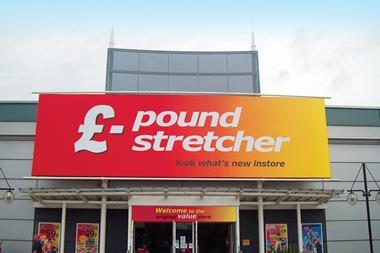
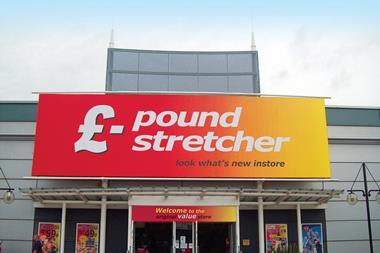
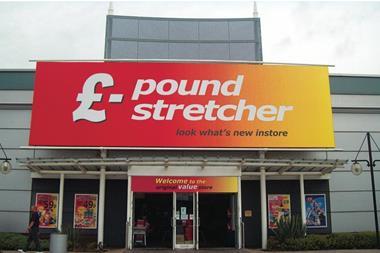
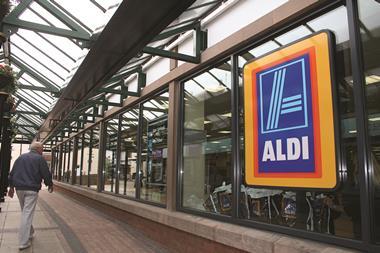
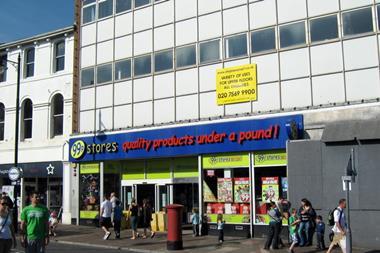

No comments yet